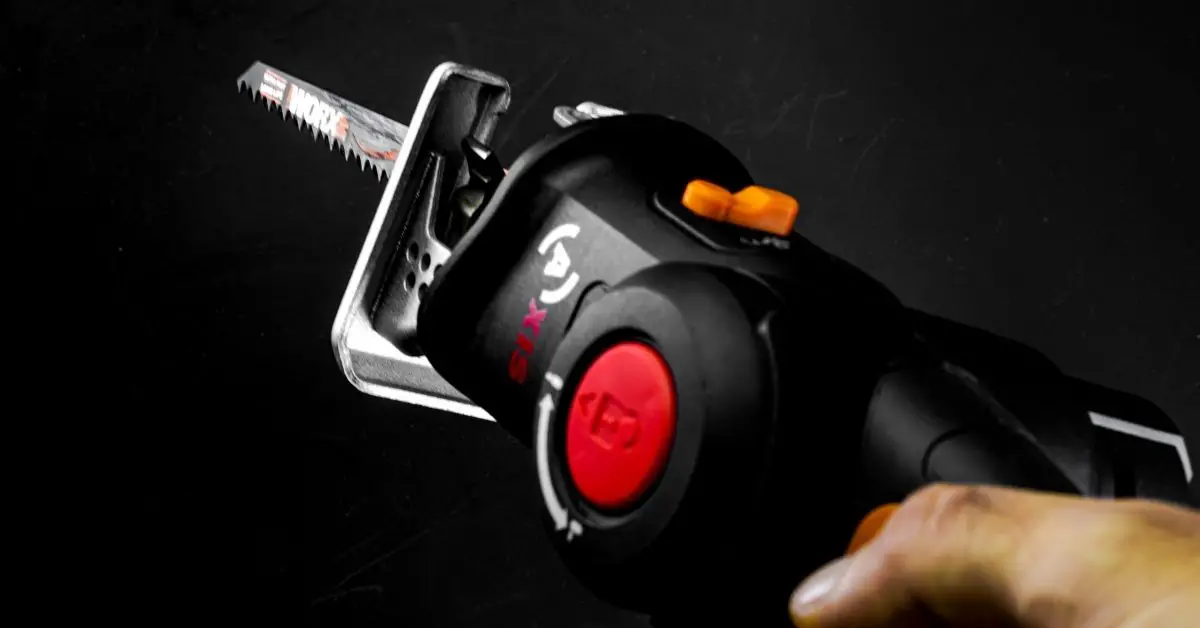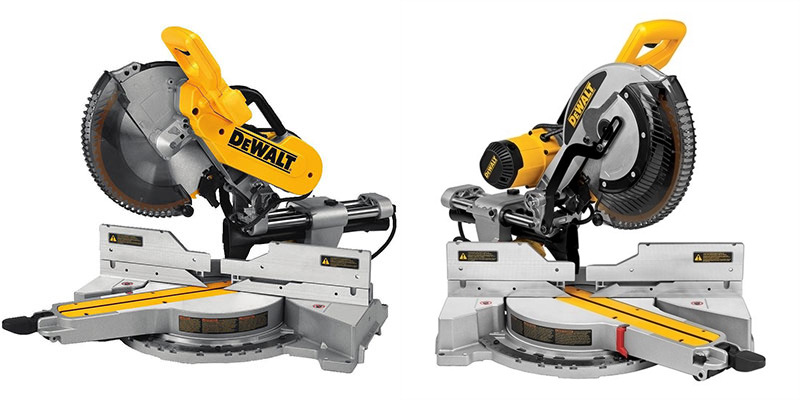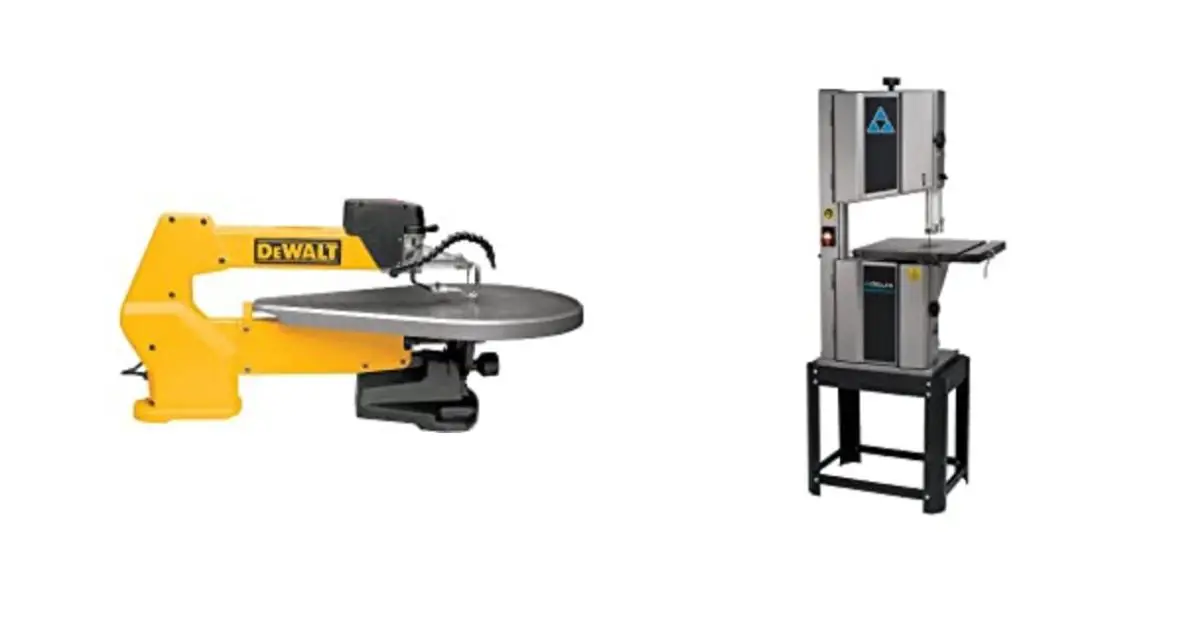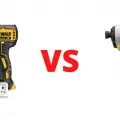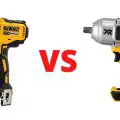Power Tools
Best Reciprocating Saw and Blades for Wood
A reciprocating saw is a small and typically hand-held saw that cuts using a series of short back-and-forth movements or strokes. It can be corded or cordless and can cut through different materials depending on the type of blade you use. If you’re here to find the best reciprocating saw and blades for wood, this is the quickest way to narrow down your options.
Step 1: Understand What a Reciprocating Saw Does
‘Recip’ saws are traditionally used in repair and demolition jobs. This saw is not a fine crafting tool. It is a powerful cutting workhorse that is small enough for tight spaces. At best, you can make rough cuts of wood, metal, or stone if you use the right blade.
A recip saw gets most of its cutting power from the stroking motion of the blade. While it cuts quickly, it doesn’t usually cut cleanly. As a result, its uses must be restricted to repair, demolition, and rough cutting.
Step 2: Know Which Features Matter
Strokes (& Stroke Length)
The speed of a reciprocating saw is measured in strokes, the back-and-forth motion produced by its blade. Therefore, a tool with a rate of 3,000 SPM moves the blade back and forth three thousand times per minute.
The other factor to consider is stroke length. The stroke length refers to the distance that a reciprocating saw can cut in one stroke. Some tools cut ¾ inches in a single stroke; others cut 1 1/8 inches or more. A higher stroke length will help you cut faster—as will a higher SPM—but that doesn’t mean that faster tools are necessarily better.
Variable Speed
If you wish to slow down or speed up the reciprocating saw (and in many cases, you will), you must buy a tool with variable speed options. With a faster or slower stroke, you can cut through different materials and use the tool for multiple applications.
Basic reciprocating saws come with a variable speed dial, which allows you to work with one speed at a time. But, with a variable speed trigger, you control the speed of the saw by applying pressure on the trigger. The harder you pull, the higher the SPM.
Motor
Brushed motors generate electricity using tiny brushes inside the motor that conduct the electric currents. But these brushes tend to get worn after just a few years of use, necessitating replacement or a whole new motor.
That’s why you should always aim for power tools with brushless motors. Their circuit boards are more durable and will give your device a much longer lifespan.
Clamp
The front part of the reciprocating saw is where you’ll find the blade clamp, the section which locks the blade into place. What you’re looking for is a clamp that lets you switch out blades without a tool.
Tool-less blade clamps won’t necessitate the purchase of extras like Allen and hex keys. When it’s time to change your blade, you can unlock them by hand, facilitating quick and convenient blade changes every time.
Step 3: Know the Correct Blade for the Job
As with any other cutting tool, the blade is an essential part of the reciprocating saw. It dictates the tool’s cutting ability and largely determines how much you’ll be using your tool.
Your first reciprocating saw will probably ship with a generic wood blade. If you need more cutting power, you’ll have to explore other blade types made for metal, plastic, masonry, nails, and plaster.
Blade types also differ depending on the kind of jobs they’re meant for. You’ll get slightly finer cuts with blades that have more teeth, whereas blades with angled teeth can cut make larger cuts quickly.
Where Can You Start?
Are you eager to get the best reciprocating saw and blades for wood but don’t know where to start looking?
If you are, the following section is for you.
Black + Decker 20V Max Cordless Reciprocating Saw
This is a beginner-friendly entry-level recip saw that’s powerful enough for most home repair and DIY projects. It is affordable too, and so a good candidate for your first power tool collection.
You get a variable speed trigger and a quick, tool-less blade-changing mechanism even at this price point. The overall build is compact, and light at 4.5 pounds, and the tool’s ergonomic shape supports both one-handed and two-handed use.
With the right blade, it can cut through wood, plastic, metal, rubber, and more. It also has a pivoting shoe (the bottom part), which is more comfortable to adjust when cutting from different angles. For your safety, it also features an electric blade that can bring it to an instant stop.
DeWalt 20V Max Compact Reciprocating Saw
If you’re a heavy power tool user, then you need a reciprocating saw like the DeWalt DCS367B, a professional-grade tool that is deceptively compact at only 14.5 inches long. Packed inside the impressive ABS plastic and rubber casing is a powerful brushless motor capable of up to 2,900 SPM.
The variable trigger gives you complete control over its speed, allowing you to speed up or slow down depending on the application. It has one of the most stable clamp configurations: a 4-position blade clamp, which will enable you to make flush cuts with relative ease.
It also has a reasonably high stroke length (1 1/8 inches), so it’s built for more intensive work. To top it off, it comes with a built-in LED light that helps you maintain cut line visibility.
DeWalt Atomic One-Handed Reciprocating Saw
If ease of use is a priority, then the DCS369B is a quality option to consider. The one-handed recip saw features a conveniently slight build, but it delivers an ample assortment of features despite its size.
It has a stroke length of 5/8 inches, a brushless motor, and a variable speed trigger, not to mention tool-less blade changing. In other words, it’s as good as some of the higher-end models you’ll find at three times the price.
It is only 12.5 inches long and weighs only four pounds. Its pivoting shoe gives you more contact points, allowing you to work materials from different angles. Thanks to its size and lightweight design, it is a much easier tool to control, and so it comes highly recommended for newbies.
Why You Should Trust Us
At Woodworking Tool Guide, we know one size doesn't fit all! We cater to every woodworker, from beginner to pro, with insights and recommendations tailored to your skill level, project needs, and budget. We take the guesswork out of choosing the right tools, whether you're tackling your first crafting a masterpiece for the ages. So grab your chisel, join our community, and let's build something amazing together!
Woodworking Tool Guide wasn't just born, it sprouted from a seed of passion for the craft. What started as a joyful exploration blossomed into a trusted online haven for fellow enthusiasts like you. We pour our love into meticulously chosen review selections, meticulous hands-on testing, and lab-backed insights, all to empower you with reliable, comprehensive information you can build on. So, grab your tools, trust our guidance, and let's build something beautiful together!
Passion-Driven Expertise
Our journey started with a shared love for woodworking. The team behind the Woodworking Tool Guide is comprised of individuals who are not just writers but passionate woodworkers themselves. This shared enthusiasm ensures that our content is crafted with a deep understanding of the craft and an authentic appreciation for quality tools.
Top Tool Guides Online
Woodworking Tool Guide has rapidly ascended to become one of the premier online destinations for tool guidance. Our commitment to excellence and the accuracy of our information has positioned us as a reliable source for both beginners and seasoned woodworkers seeking trustworthy advice on the best tools for their projects.
User-Centric Approach
Our content caters to every woodworker, from rookies just starting out to seasoned pros tackling intricate projects. We tailor our insights and recommendations to your skill level, project needs, and budget, ensuring you find the perfect tools to match your unique woodworking journey. So step into your workshop, grab your tool belt, and let Woodworking Tool Guide be your trusted companion as you craft your masterpieces.
Continuous Support and Innovation
Woodworking is an ever-evolving craft, and so is our commitment to supporting you. We are dedicated to bringing you the latest information on woodworking tools, techniques, and trends. Our team is actively working to expand our content and bring you more valuable insights, ensuring that you stay well-informed in your woodworking adventure.
Hands-On Experience
Ditch the endless research rabbit hole! At Woodworking Tool Guide, we believe in actionable advice, not armchair analysis. We get our hands dirty, putting every tool through its paces in real-world woodworking scenarios. Whether it's the precision of a table saw, the versatility of a router, or the tactile satisfaction of a handplane, we test for performance, durability, and user-friendliness. No more sifting through dry specs – we deliver practical insights you can trust to transform your woodworking dreams into reality.
Woodworking Tool Guide isn't just a review site, it's your trusted companion on the sawdust-filled path to woodworking mastery. Our expert team, led by veteran David Jones, meticulously tests and explains tools in terms you understand. We cut through the jargon, bias, and confusion with real-world insights and honest evaluations. Join our passionate community, where decades of experience, cutting-edge knowledge, and shared love for the craft come together to guide you every step of the way. So grab your chisel, buckle up, and let's embark on this exciting woodworking adventure, together!

